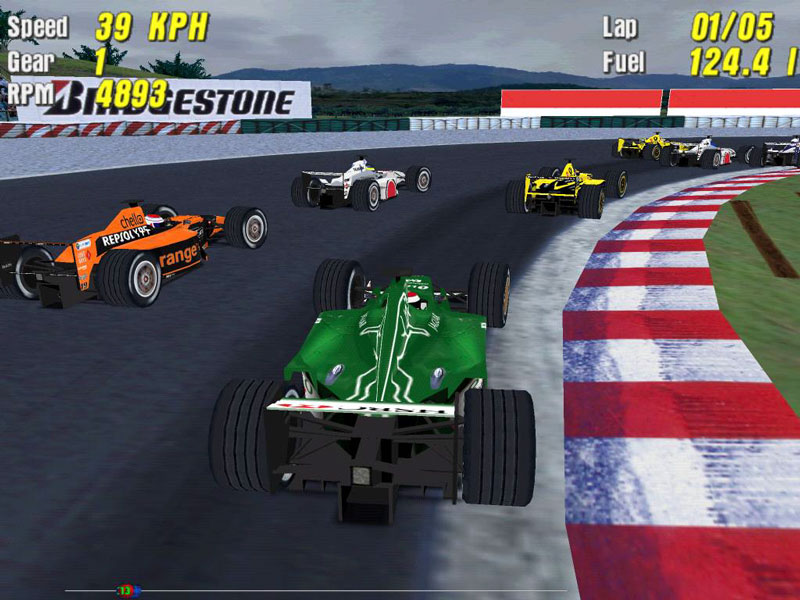What Does Physics Have to do With
Computer Games?
Well, to answer that, you have to have a basic understanding of physics. Physics is the study of matter and energy, and how the two interact with each other. Things such as gravity, sound and light - all involve physics. As you might have noticed, gravity, sound and light are things we encounter quite frequently in our day to day routines. Game developers, in their goal to create a believable, realistic world for the gamer to immerse themselves in, know that in order to do so their game needs to incorporate the laws of physics. After all, their games wouldn't be very realistic if players kept floating away every time they tried to make their character jump or dodge around.
Gravity is only a small part of the realism experience. Developers have to incorporate as many laws of physics as they can in order to make their game truly realistic. Collisions play a big part in any game - it wouldn't be very believeable to allow players to move through walls or objects. Some games take the collision and elasticity elements further, and create extremely elaborate physics engines that can handle, say, two cars colliding, and produce a believeable outcome to the collision. Games like F1 Championship Racing and GTA3 have excellent physics engines that feature some really impressive automobile simulations. Many old games simply use gravity and collision detection in their games, but more recent games involve much more complicated physics applications.

Image courtesy of Electronic Arts-----------------------------------------------Image courtesy of Rockstar Games
